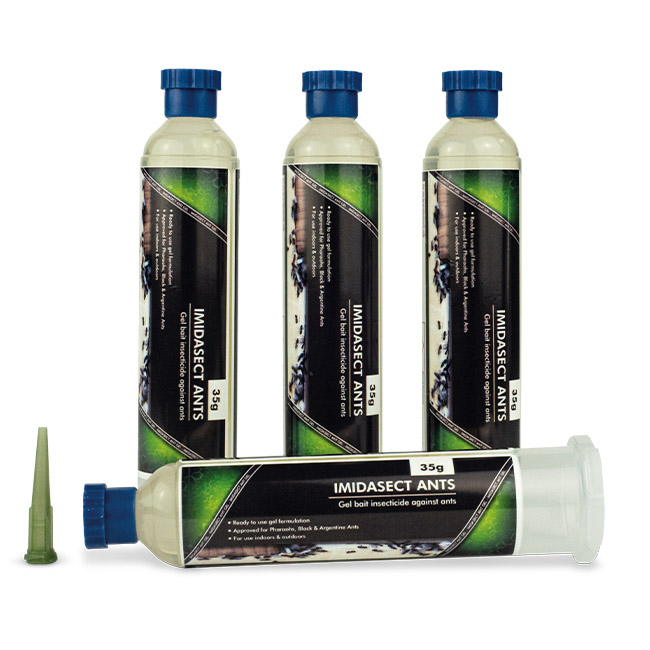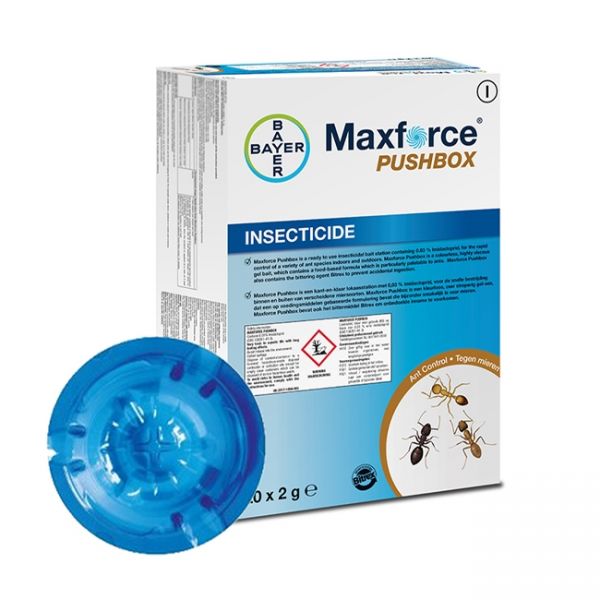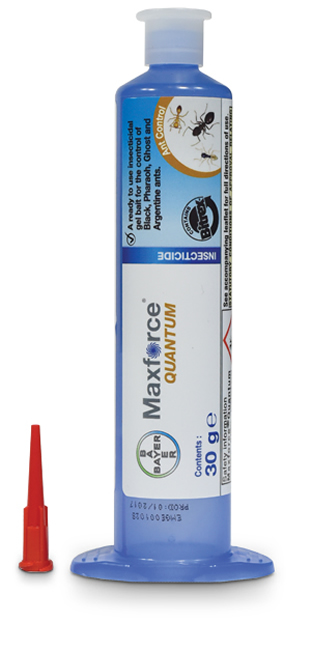Honey Bee (Apis melifera)
Honey Bee (Apis melifera)
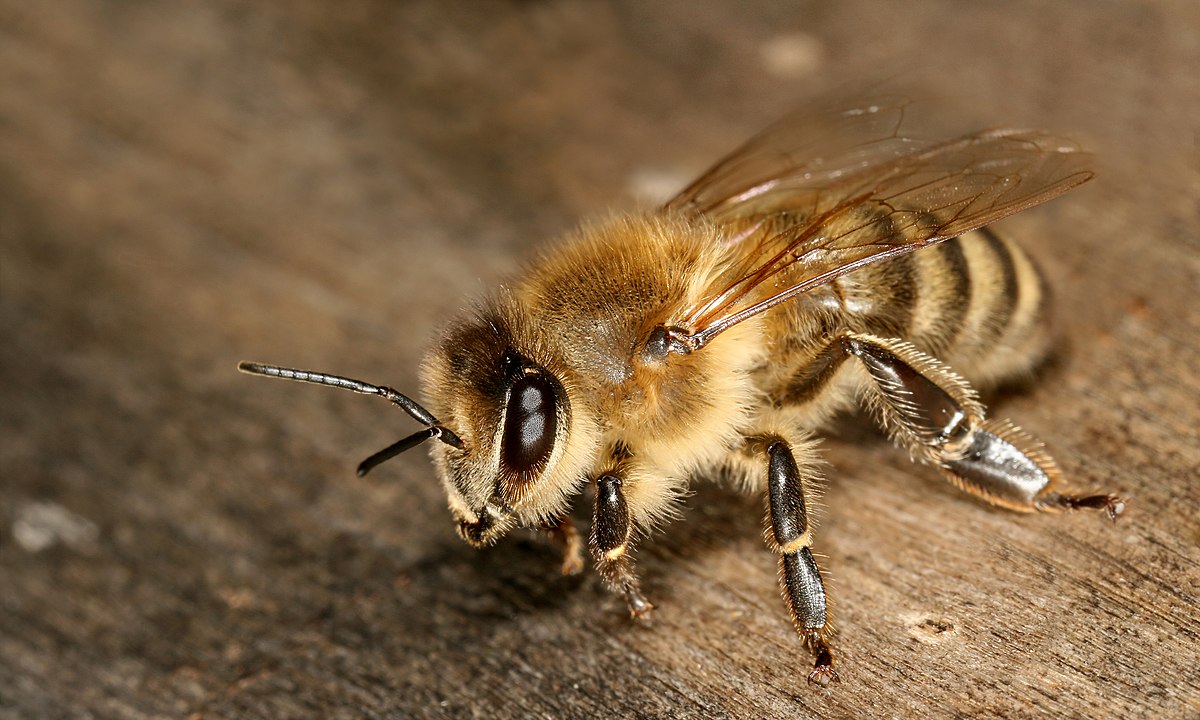 |
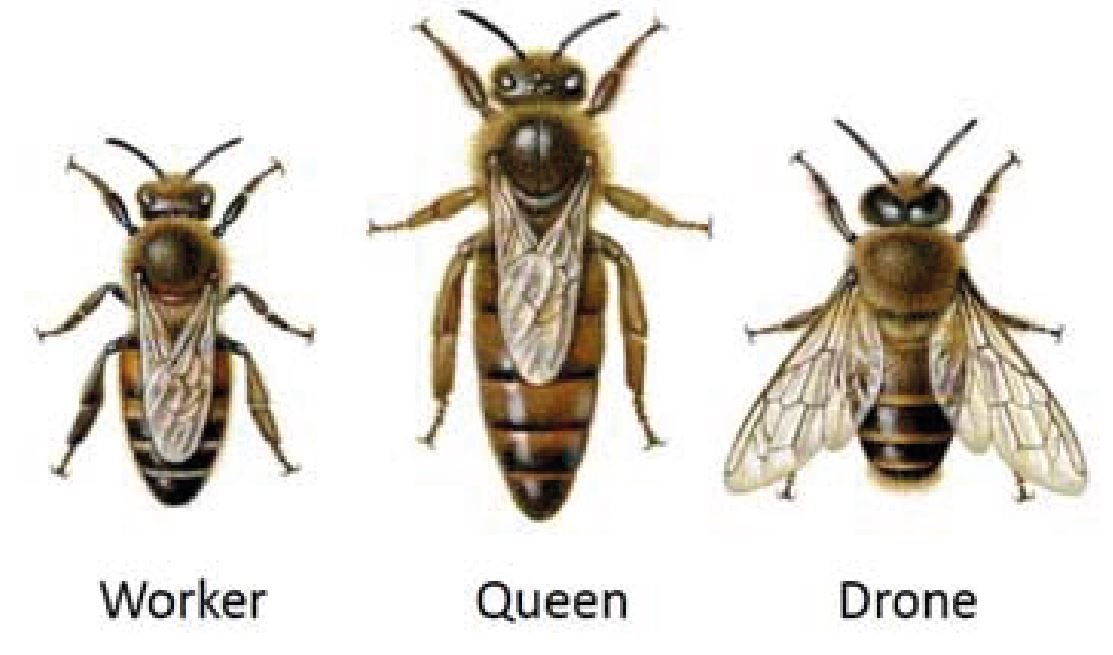 |
Identification:
Adult worker: 11-15 mm long.
Queen: 15-20 mm long. The pointed abdomen extends beyond the wing, and has a smooth stinger.
Drones: 15-17 mm long, with no stingers.
Markings on a Honey Bee: Characteristic black and yellow/orange striped abdomen, black head and thorax.
Biology:
During early to mid- summer honey bees will occasionally swarm, this is due to a new queen being hatched in the nest or hive. As there is only room for one queen in a colony, the old queen will leave and take a proportion of workers with her and look for somewhere to set up a new home. This can either be in a hollow tree, chimney, cavity wall, roof or any accessible void. Sometimes a swarm can be seen hanging off of a tree or shrub or other structures. This is normally because they are resting and will eventually move off to a more permanent site.
Control:
Because of their beneficial role, every effort should be made to avoid carrying out control treatments against Honey Bees. Treatment with a pesticide should be considered only as a last resort. See Pest Management Alliance, Code of Practice Relating to the Control of Feral Honey Bee: http://www.pestcontrolonline.com/useful_information/feralbee_COP.pdf
**Products to control Honey Bee:
|
Imidasect Ant Gel (35g tube) |
Maxforce Pushbox (20 x 2g) |
Maxforce Quantum Gel (30g tube) |

